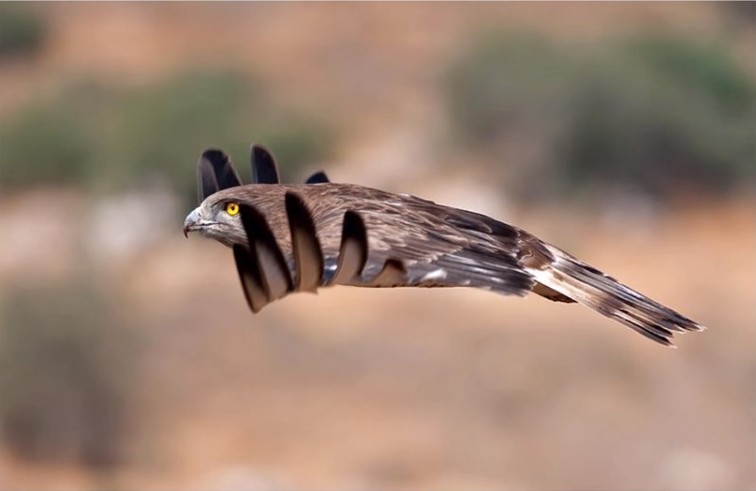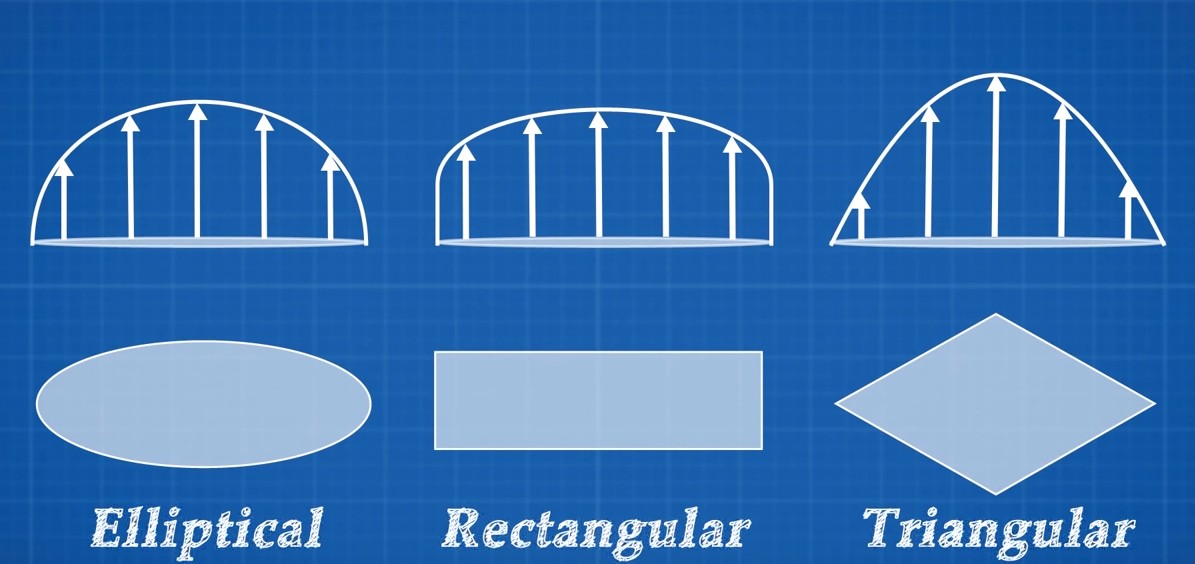Have you ever looked out your plane window and wondered what the hell those little curly bits at the end of the wing were for? The development of winglets, as we see them today, started during the 1973 oil crisis. The Arab states put an Oil Embargo on the United States for providing aid to Isreal during the Yom Kippur War. This caused oil prices to skyrocket. Forcing engineers to get creative to reduce fuel consumption.
Enter, Richard T. Whitcomb. Part of his inspiration came from birds that curl their wing feathers up while gliding to achieve more lift.

So he got to work testing this theory and found that it worked exactly as he expected. Lets take a look at the science. Planes fly by developing high pressure
air under their wings and low pressure air above. Fluids will always flow from high pressure regions to low pressure regions and this can cause some problems at the wing tips. High
pressure air from below the wing will bleed into the low pressure air above, creating mini tornadoes off the tips of the wing.

This is called induced drag and it decreases the lift of the wing and increases the fuel consumption of the plane.
Winglets reduce this airflow by reducing the pressure gradient at the tips of the wings, thus making the vortices much smaller. Their ultimate goal is to create a lift distribution across the wing in the shape of an ellipse. This minimizes the amount of air that wants to flow over the wing tips, while maintaining maximum lift. Lets compare some wing shapes and their lift distributions to see how this works.

Here are 3 wing shapes. An elliptical, rectangular and triangular wing and their lift distributions. As you can see the elliptical wing also has an elliptical lift distribution.
This is the ideal. The iconic Spitfire was one of the few mass produced planes in history to have this shape, as it is difficult and expensive to manufacture.
The rectangular wings lift distribution is quite high at the edges and this leads to high levels of induced drag, but this is th easiest shape of wing to manufacture and is mostly used in smaller, cheaper aircraft.
Our last wing, a triangular wing has high lift in the center, which rapidly drops off to the edge. This type of wing has low induced drag, but its lift distribution is far from ideal.
So the ultimate goal is to tailor the lif across the wing into the shape of an ellipse to maximize lift and minimize induced drag.
Winglets are just one way to do this. Boeings latest plane the Boeing 787 Dreamliner has done away with winglets in favor a raked wingtip, which sweeps the tip of the wing backwards.
Boeing have said that their raked wingtips have improved fuel efficiency by 5.5% ove the 4.5% for conventional wingtips.
Source

